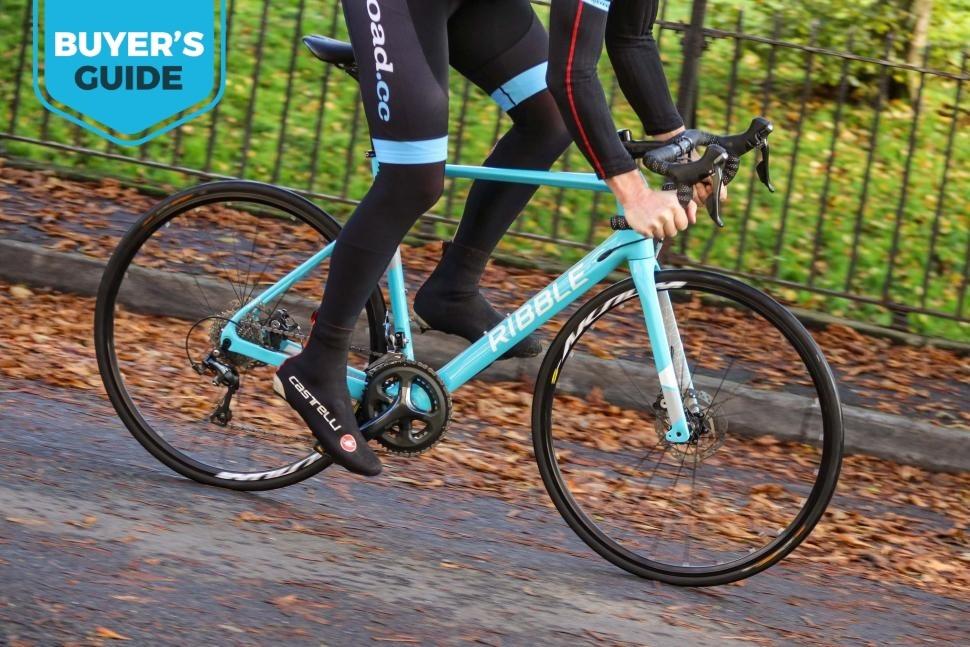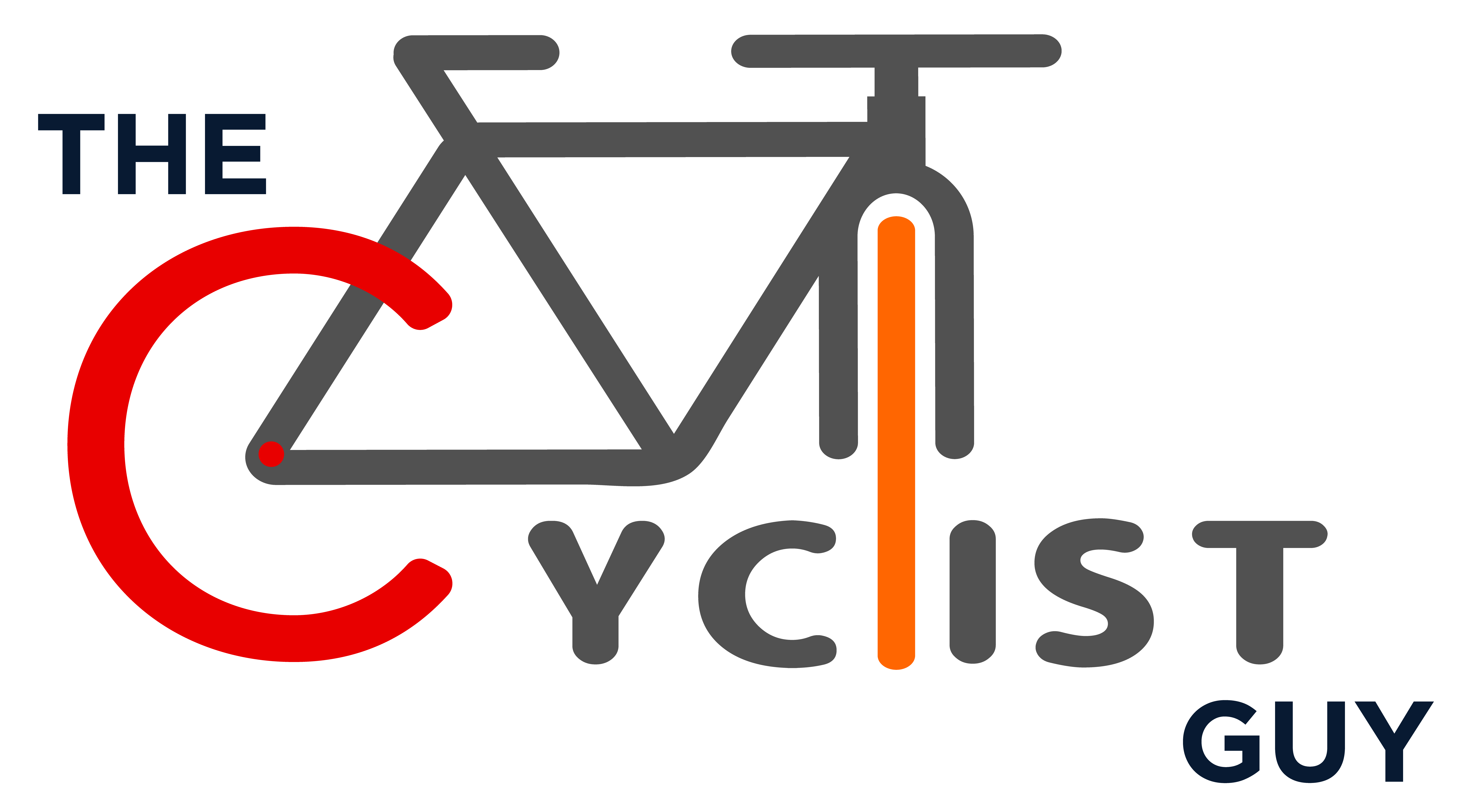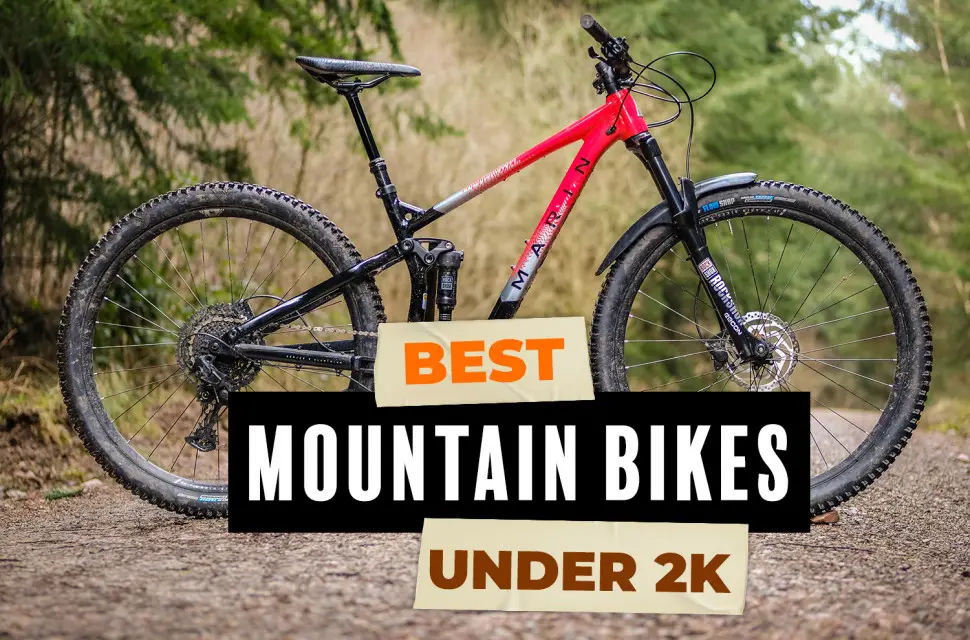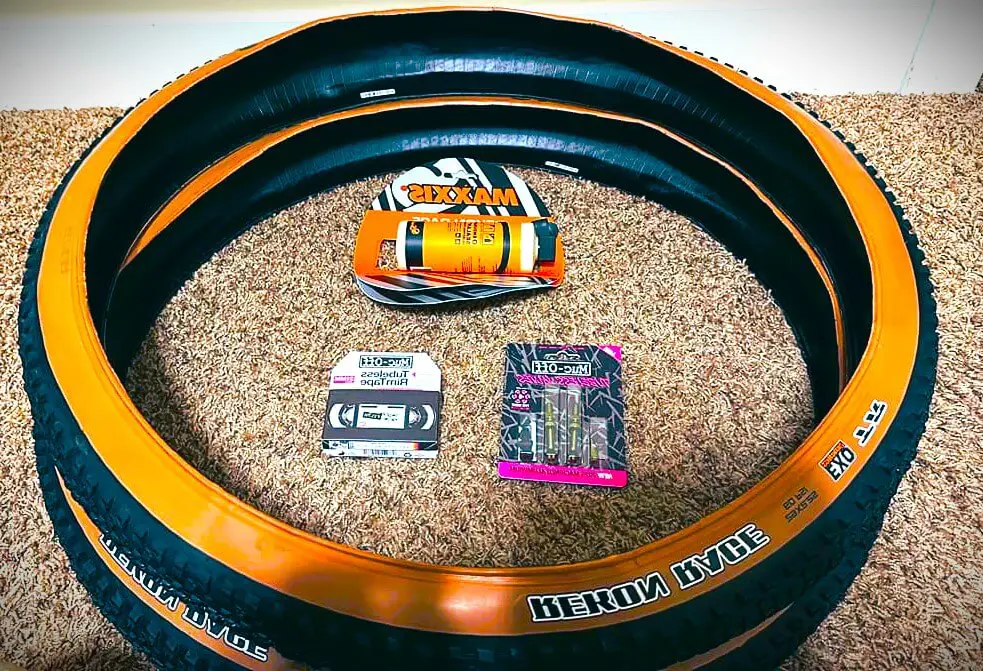How Much Are Road Bikes: Ultimate Price Guide!

As an affiliate, we may earn from qualifying purchases. We get commissions for purchases made through links on this website. You can read more on our Affiliate Disclaimer here.
How much are road bikes? Road bikes typically range in price from $300 to over $10,000. The cost depends on the materials, brand, and features.
Road cycling has become increasingly popular, offering a diverse range of options for both the commuter and the serious athlete. Road bikes cater to a variety of budgets and performance needs. Entry-level bikes, often made with aluminum frames and basic components, are perfect for beginners and can be quite affordable.
Mid-range road bikes usually feature carbon fiber or advanced aluminum frames, better wheels, and higher-quality gears. Meanwhile, professional-grade bikes boast top-tier components, cutting-edge technology, and aerodynamic designs, leading to a premium price tag. Enthusiasts will notice that investing in a road bike often means a commitment to ongoing maintenance and potential upgrades, which can also factor into the overall cost. Whether you’re a weekend warrior or a competitive racer, there’s a road bike to match your cycling aspirations and budget.

Credit: www.bikeradar.com
Introduction To Road Biking
Introduction to Road Biking: Road biking stands out
as a thrilling blend of speed, distance, and endurance. Riders choose
these sleek two-wheelers for their efficiency and performance on paved
paths. Whether for recreation, fitness, or racing, road biking invites
enthusiasts into a world of swift movement and freedom.
The Popularity Of Road Cycling
Road cycling captures hearts worldwide. Its allure lies
in the ability to travel far and fast, making it a top pick for those
seeking a vigorous workout or simply to enjoy the outdoors. Clubs and
communities bring riders together, propelling the sport’s ever-growing
fame.
Types Of Road Bikes: Overview
- Entry-level road bikes offer a start to newcomers without a steep price.
- Performance road bikes cater to those chasing speed and efficiency.
- Endurance road bikes promise comfort for long distances.
- Gravel road bikes can handle mixed terrain with agility and resilience.
Factors Affecting The Price Of Road Bikes
| Material | Component Quality | Brand and Model |
|---|---|---|
| Carbon fiber is premium; aluminum is budget-friendly. | Shimano and SRAM parts vary in price and performance. | Well-known brands typically command higher prices. |
Other factors like design innovations and special features
can also influence cost. With choices for every budget, everyone
can find a road bike that fits their needs.
Pricing Tiers Of Road Bikes
Understanding the pricing tiers of road bikes can be overwhelming. The market offers a vast range of options, from entry-level to professional bikes. Prices vary depending on materials, technology, and brand reputation. Let’s break down what you can expect within different budget ranges for road bicycles.
Entry-level Road Bikes
Entry-level road bikes are perfect for beginners. They are often made with aluminum frames and have basic components. These bikes prioritize affordability and are ideal for those new to road cycling. Prices usually range from:
- $500 to $1,000.
At this price, cyclists can expect sturdy and reliable performance without high-end features.
Mid-range Road Bikes
Mid-range road bikes bring more quality and features. They often have lighter materials like carbon fiber and better components. This tier is suited for enthusiasts looking to upgrade. Typical prices are:
- $1,000 to $2,500.
These bikes balance cost and performance, providing a sweet spot for serious hobbyists.
High-end And Professional Road Bikes
High-end and professional road bikes are the peak of cycling technology. Crafted for performance and speed, they feature advanced materials and top-tier components. Used by professionals and serious racers, these bikes can cost:
- $2,500 and above, with no real upper limit.
High performance and unbeatable quality come with a premium price.
Price Variations By Brand And Model
Prices also vary significantly by brand and model. Well-known brands may demand a premium, while lesser-known brands can offer value. Different models cater to various cycling disciplines and personal preferences.
Here is a brief overview:
| Brand | Entry-Level Model | Mid-Range Model | High-End Model |
|---|---|---|---|
| Brand A | $700 | $1,500 | $4,500+ |
| Brand B | $650 | $1,200 | $3,200+ |
| Brand C | $800 | $2,000 | $5,000+ |
Investing more generally means better performance, speed, and endurance. Choose based on cycling goals and budget.
Key Components And Features That Influence Costs
Understanding what drives the price of road bikes helps make informed decisions. Key components like frame material, drivetrain, and electronics greatly affect costs. Let’s explore how these features influence the price of road bikes.
Frame Material And Construction
The frame is a road bike’s backbone. Frame material and construction are crucial for performance and durability. Prices vary based on the material used. Aluminum offers a balance between cost and performance, ideal for beginners. Carbon fiber, light and stiff, is favored by pros but adds to the cost. Titanium frames blend durability with lightweight features but at a premium price.
- Aluminum: Affordable, durable, slightly heavier
- Carbon Fiber: Lightweight, strong, expensive
- Titanium: Durable, lightweight, highest cost
Drivetrain And Braking Systems
Drivetrains and brakes transfer power and ensure safety. Entry-level bikes often have mechanical gears and rim brakes. Upgrades to electronic shifting or disc brakes increase prices. Higher-tier groups offer better shifting, reduced weight, and improved performance.
| Component | Details | Impact on Price |
|---|---|---|
| Mechanical Gears | Reliable, manual shifting | Standard |
| Electronic Shifting | Precise, quick shifts | Higher |
| Rim Brakes | Traditional, effective | Standard |
| Disc Brakes | Improved control | Increased |
Wheels And Tires
Wheels and tires influence ride quality and speed. Basic bikes feature standard wheels that provide a good balance between performance and cost. Advanced models sport lighter, aerodynamic wheels for better performance but at a steeper price. Tires range from basic training to high-end racing options, affecting both grip and cost.
- Standard Wheels: Cost-effective, reliable
- Aerodynamic Wheels: Faster, pricier
- Training Tires: Durable, affordable
- Racing Tires: Light, high-cost
Additional Features: Electronics And Customizations
Advanced road bikes may include electronics like GPS units and power meters. Such gadgets enhance training but boost price tags. Custom paint jobs or personalized gearing also increase costs. Riders seeking these luxurious touches should expect to invest more.
- GPS systems provide ride data.
- Power meters help monitor performance.
- Custom designs make bikes unique.
- Personalized components tailor the experience.
Each feature from frame to electronics plays a part in the overall cost. By understanding these elements, buyers can choose the perfect road bike within their budget.

Credit: road.cc
Buying Your Road Bike: New Vs. Used Market
Embarking on the quest for a new road bike presents a thrilling dichotomy: the shiny allure of a brand-new machine versus the untapped potential of a pre-loved steed. The choice between a new and used road bike shapes not only your riding experience but also your wallet’s future. Let’s explore the pros and cons of each market to find your perfect pedal partner.
Advantages And Considerations Of Buying New
- Latest technology and design: With a new bike, riders enjoy cutting-edge features.
- Manufacturer warranty: New purchases often come with protection plans.
- Customization: Buyers can choose specifications to suit their needs from the start.
- Price: Higher investment required but ensures pristine condition.
Bike fit and service perks often accompany new bike purchases from specialty stores.
Understanding The Used Bike Market
- Cost-effective: Pre-owned bikes offer a more affordable entry point.
- Value retention: Used bikes may depreciate less over time.
- Variety: Access to discontinued models or unique setups.
- Research required: Knowledge of the market and bike conditions is essential.
Used bikes often require extra scrutiny, but gems are waiting to be discovered.
Inspection Tips For Pre-owned Road Bikes
- Check the frame: Look for cracks or major dents.
- Inspect components: Ensure gears and brakes function smoothly.
- Assess wear and tear: Consider tire condition and chain stretch.
- Test ride: Confirm the bike fits and feels right.
A thorough inspection can prevent costly repairs or replacements down the road.
Where To Buy: Retailers Vs. Direct From Manufacturers Vs. Second-hand
| Retailers | Direct from Manufacturers | Second-hand |
|---|---|---|
| Personal service and bike fitting | Often better prices | Diverse options |
| Potential service plans | Customization before purchase | Need for careful evaluation |
| Immediate availability | Waiting period for delivery | Usually no warranty |
Each purchasing platform offers unique benefits, aimed at different rider priorities.
Long-term Value And Cost Of Ownership
Understanding the long-term value and cost of ownership solidifies your decision to invest in a road bike. This investment transcends the upfront cost. It extends into the longevity of the bike, maintenance expenses, and the potential resale value. A keen look into these factors helps you budget wisely for a quality road bike that serves you well over the years.
Maintenance And Upkeep Expenses
Maintaining a road bike is crucial for optimal performance:
- Regular servicing: This keeps the bike reliable and safe.
- Replacement parts: Quality parts offer longevity and better rides.
- Cleaning supplies: A clean bike prevents wear and tear.
Expect every year to budget up to 5% of the bike’s value for maintenance and upkeep.
Depreciation: Resale Value Over Time
| Year | Depreciation (%) | Resale Value |
|---|---|---|
| 1 | 20 | $800 |
| 2 | 35 | $650 |
| 3 | 50 | $500 |
Brand reputation and condition can affect these numbers.
Cost-benefit Analysis: Budgeting For Quality
Investing in a higher-quality road bike brings better returns:
- Durable materials like carbon or titanium.
- Fewer repairs and replacements.
- Greater enjoyment and potentially better health.
Don’t shy away from higher initial costs for substantial long-term benefits.
Insurance And Warranty Options
Warranties: Look for comprehensive coverage to protect against defects.
Insurance: Shields you from theft, damage, and personal liability.
Consider these options to ensure peace of mind and safeguard your investment.

Credit: road.cc
Additional Costs Beyond The Bike Purchase
Embarking on road cycling involves more than just the bike. It requires a set of additional investments.
Gear And Clothing For Road Cycling
Road cycling gear and clothing enhance the experience. Essential items include:
- Helmet: Safety first! A quality helmet is a must.
- Cycling shorts: Padded shorts provide comfort for longer rides.
- Cycling shoes: Improve power transfer to the pedals.
- Gloves: Grip and protection for your hands.
- Jersey: Breathable and fitted for aerodynamics.
- Jacket: Weatherproof options for different climates.
Accessories And Customizations
Custom parts and accessories tailor the bike to your preference.
| Accessory | Purpose | Average Cost |
|---|---|---|
| Lights | Visibility and safety | $20-$200 |
| Water bottle and cage | Hydration | $15-$50 |
| GPS Device | Navigation and tracking | $100-$600 |
Training And Maintenance Tools
Regular bike maintenance keeps performances high. Here’s what you might need:
- Road bike pump: Essential for tire pressure management.
- Repair kit: For unexpected roadside fixes.
- Cleaning supplies: To maintain the bike’s condition.
Race Fees And Club Memberships
Competitive or social, cycling incurs membership and race costs.
- Club memberships: Offering training and community benefits.
- Race registrations: Costs depend on event prestige and distance.
Saving Money On Your Road Bike Purchase
Getting a road bike can be a smart investment for health and the environment. Road bikes vary widely in price. They can range from a few hundred dollars to several thousand. But, smart shopping means big savings. Here’s how to save money on your road bike purchase.
Seasonal Sales And Discounts
Seasonal promotions offer great deals. Bike shops often discount models in the fall. This is when new models arrive. Buying during the off-season is smart. Look for holiday sales too. Black Friday and Cyber Monday can have big discounts.
Purchasing Last Year’s Model
Last year’s bikes cost less. New models usually mean last year’s bikes are on sale. These bikes are new and unused. They have full warranties too. Save by choosing these models over the latest ones. The differences are often small.
Bundling With Accessories
Shops may offer deals when you buy a bike and accessories together. Packs can include helmets, gloves, and lights. This can be cheaper than buying items separately. Always ask about these deals when shopping.
Negotiating Tips And Tactics
Negotiating can lead to big savings. Never settle for the sticker price. Suggest a lower price. Be friendly and polite. If the shop can’t lower the price, they might offer free services. These can include free tune-ups or discounts on future purchases.
Balancing Cost And Quality In Road Biking
Choosing the right road bike often means finding the perfect balance between the price and the quality. High-end bikes deliver peak performance but come with a hefty tag. On the other hand, more affordable options can still offer a solid ride without breaking the bank. So, let’s delve into how we close the gap between spending and cycling satisfaction.
Making An Informed Decision
Knowledge is power, especially when investing in a road bike. Researching different brands, materials, and bike components helps cyclists make smart choices. Weighing cost against personal biking goals leads to a well-informed purchase.
The Importance Of Test Rides And Fit
Feeling a bike’s comfort and response is crucial. Shops usually offer test rides to ensure the best fit. A proper fit enhances control, efficiency, and joy in each ride. Always prioritize a test ride to confirm your choice.
Investing In A Sustainable Cycling Lifestyle
- Quality bikes mean longer life and fewer repairs.
- Choosing sustainable materials helps our planet.
- Regular maintenance can extend your bike’s lifespan.
Final Thoughts
A wise investment balances initial costs with ongoing value. Opting for a bike that meets both needs and budget promises years of rewarding rides. Your road bike can be a lasting partner in the journey to a healthier lifestyle and a greener world.
Frequently Asked Questions Of How Much Are Road Bikes
How Much Do Good Road Bikes Cost?
Good road bikes typically start around $500 for basic models and can exceed $2000 for high-end versions. Quality components and materials drive prices up.
How Much Should I Spend On A New Road Bike?
The cost of a new road bike varies, typically ranging from $500 for entry-level models to over $5,000 for high-end versions. Consider your cycling goals and budget to determine your ideal spend.
Which Road Bike Is Best For A Beginner?
The Giant Contend 3 offers a great balance of comfort and performance, ideal for beginner road cyclists. Its durable build and affordability make it a top choice.
What Is The Average Price Of A Bicycle?
The average price of a bicycle ranges from $100 to over $1,000, with most casual or beginner bikes costing between $300 and $600. Factors like type, material, and brand affect the cost.
Related Post:
- 5 Best Bikes for Road and Trail
- Mountain Bike vs Road Bike
- The Difference between Fat Bike vs Road Bike
- Convert Road Bike To Flat Bar
- Road Bike Brands Ranked
- Hiland Road Bike Weight
Conclusion
As we wrap up, remember that road bike prices vary widely, reflecting a range of specifications and brands. Whatever your budget or cycling aspirations, there’s a road bike out there for you. So gear up, consider your options, and get ready to hit the pavement on your perfect ride.
Happy cycling!

Steven is a professional cyclist and his passion is cycling. He has been cycling for the last 6 years and he loves using bikes while outing as well. Based on his experiences with the different types of bikes; he is sharing his opinions about various bikes so that a beginner can start right away. Find him on Twitter @thecyclistguy Happy Biking.




